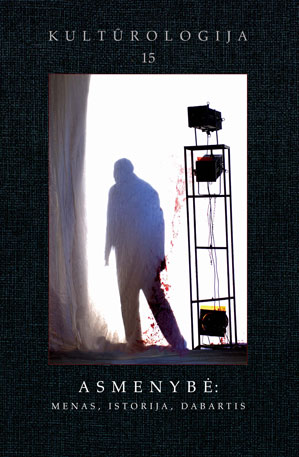M.K. Čiurlionis ir sinestezinė kūryba
M.K. Čiurlionis and the Phenomenon of Synesthic Art
Author(s): Salomėja JastrumskytėSubject(s): Cultural history
Published by: Lietuvos kultūros tyrimų
Keywords: M.K. Čiurlionis; synesthic; art
Summary/Abstract: In this article, the distinct character of the phenomenon of synesthesia, the understanding of its transformations in theoretical thought along with an attempt to show how the power of synesthesia influenced Čiurlionis' work will be discussed, using concrete examples from the unique synesthetic works of Čiurlionis. At the beginning the discussion is begun with a traditional look at the main concepts, more precisely showing their normal uses, however our task focuses on revealing the different directions of synesthesia The phenomenon of synesthesia is not impersonal. Synesthesia cannot be experienced and represented as an abstract combination of sensations, anonymously embodied or registered in a personality. Being clearly recognisable and distinguishable by the method of perception, synesthesia is not a rambling sense structure, which pragmatic gestures can freely assemble. The concept of the synesthete in the theoretical and practical lanscape of synthesia is introduced as a resistance summaries against the reduction of synesthesia, against making it anonymous, and against its fragmentation. The concept of synesthete with its rich anthropological connotations can be understood as the result of synesthesia's theoretical transformations, finally allowed to see a place, where a diverted, separate phenomenon is truly not fixed or rooted by nature. In revealing the capacity and power of range of the synesthete concept, we will direct our attention to understanding the latter and interpret M.K. Čiurlionis' work in a new light as a representation of the experience of an authentic synesthete.
Journal: Kultūrologija
- Issue Year: 2007
- Issue No: 15
- Page Range: 89-109
- Page Count: 20
- Language: Lithuanian

